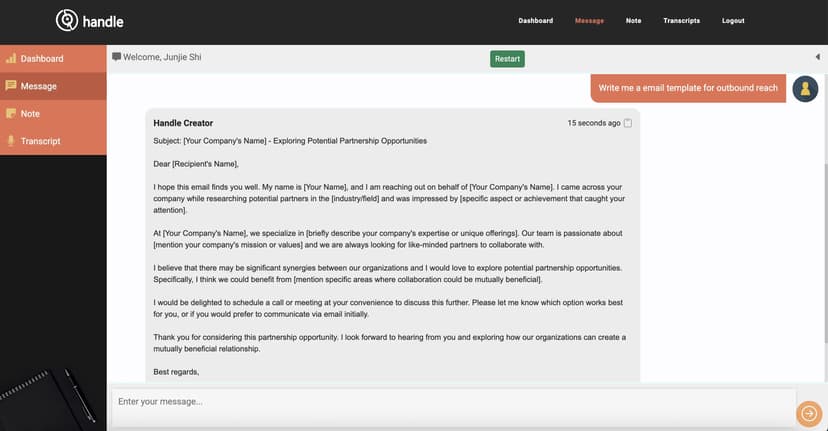How to Normalize Data in Machine Learning Without Confusion
Let's face it - normalization can be a bit tricky to wrap your head around when diving into the realm of machine learning. But fear not, for we are here to guide you through the process without overwhelming you with technical jargon and complex explanations.
What is Normalization?
In the simplest terms, normalization is the process of rescaling your data so that it falls in a specific range. This step is crucial in machine learning because it ensures that all features contribute equally to the final model. Without normalization, certain features with larger scales can dominate the learning process, leading to biased results.
How Do You Normalize Data?
There are various techniques for normalizing data, but two of the most common methods are Min-Max scaling and Z-score normalization.
Min-Max Scaling:
Min-Max scaling, also known as normalization, transforms your data into a range between 0 and 1. The formula to achieve this normalization is straightforward:
[ X_{norm} = \frac{X - \text{min}(X)}{\text{max}(X) - \text{min}(X)} ]
Here's a simple Python example to demonstrate Min-Max scaling on a dataset using the popular sklearn library:
Python
Z-score Normalization:
Z-score normalization, also known as standardization, transforms your data to have a mean of 0 and a standard deviation of 1. The formula for Z-score normalization is as follows:
[ X_{norm} = \frac{X - \mu}{\sigma} ]
where (\mu) is the mean of the data and (\sigma) is the standard deviation. Let's implement Z-score normalization in Python:
Python
Which Normalization Technique Should You Use?
The choice between Min-Max scaling and Z-score normalization depends on the nature of your data and the requirements of your model. If you want your data to be bound within a specific range (0 to 1), Min-Max scaling is the way to go. On the other hand, if your data follows a Gaussian distribution and you want to maintain the shape of the distribution, Z-score normalization is more appropriate.
But What About Other Normalization Techniques?
Aside from Min-Max scaling and Z-score normalization, there are other methods such as Decimal Scaling, Log Transformation, and Robust Scaling. Each of these techniques has its own advantages and use cases, so it's essential to explore and experiment with different normalization approaches to find the one that best suits your data and model.












